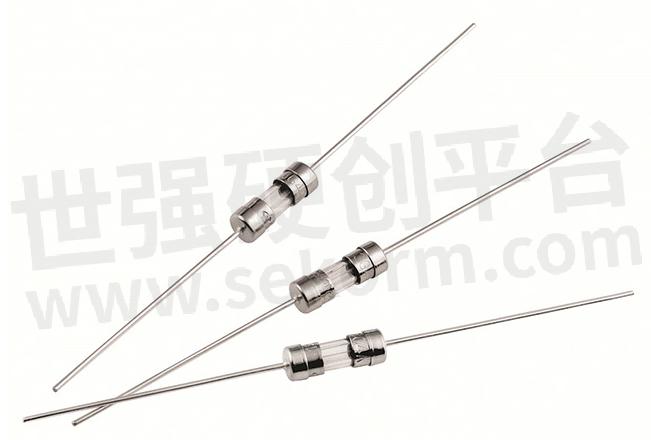Selection Techniques and Installation Process of Chip Fuses

The fusing current of patch fuses is 1.5 to 2.0 times the rated current. When electrical equipment is in normal use, its fuse will not blow. When the current in the circuit eXCeeds 5 times its rated current, it will automatically fuse to provide protection. If the fuse of the electrical equipment blows during normal use, it indicates that the current in the circuit exceeds the rated value. Therefore, the cause should be promptly investigated.
During the installation process of patch fuses, it is necessary to first pull off the switch on the distribution board, cut off the power supply, and preferably use an electric pen to test whether there is power before operating. For fixing screws and washers, copper should be used instead of temporary iron, as iron can easily rust over time and lead to poor contact. When tightening the fuse, do not use too much force to prevent the fuse from being flattened and causing a decrease in cross-sectional area, rated current, and fusing current, which may not provide the necessary "safety" effect.
The patch fuse should not be too loose to a certain extent, mainly because excessive looseness can cause excessive contact resistance at the joint and cause accidental disconnection. After a fuse blows, it is best to ask a certified electrician to first investigate the cause. Users should not install it without authorization, and copper or iron wires should not be used to replace the fuse. This is very dangerous because copper or iron wires cannot cut off the current, and on the contrary, it can cause excessive heating and burning of wires and equipment, and even cause a fire.
Selection Techniques for Chip Fuses
1. Normal current: Firstly, we must know the fuse that flows through the circuit chip used in normal current. Usually, we need to reduce the difference between the predetermined amount and then follow the selection principle: the normal current must be less than the rated current and the product's derating factor.
2. Fusing current: According to UL standard requirements, patch fuses (fuses) should be able to quickly operate at twice the rated current. But in most cases, to ensure reliable fuses, we recommend that the fusing current be greater than 2.5 times the rated current. In addition, the fusing time is very important, and a judgment must also be made based on the manufacturer's fusing characteristics.

Fig.1
- +1 Like
- Add to Favorites
Recommend
- The Difference between Fuses and Fuses
- Repair Methods for Fuses -0805 Fuses
- What Is The Difference between Resettable Fuses and Traditional Fuses?
- Guidelines for Selecting Self Restoring Fuses and Disposable Fuses
- The Price Trend and Future of Fuses
- What are the Differences in Performance and Applications between Slow Blown Fuses and Fast Blown Fuses?
- GRL Provides Fuses and Fuses for BYD AUTO Energy Storage Battery Production Line
- Why are Domestic Fuses Cheap?
This document is provided by Sekorm Platform for VIP exclusive service. The copyright is owned by Sekorm. Without authorization, any medias, websites or individual are not allowed to reprint. When authorizing the reprint, the link of www.sekorm.com must be indicated.





























































































































































































































































































































































































































































































































































































































































































































































































































































































